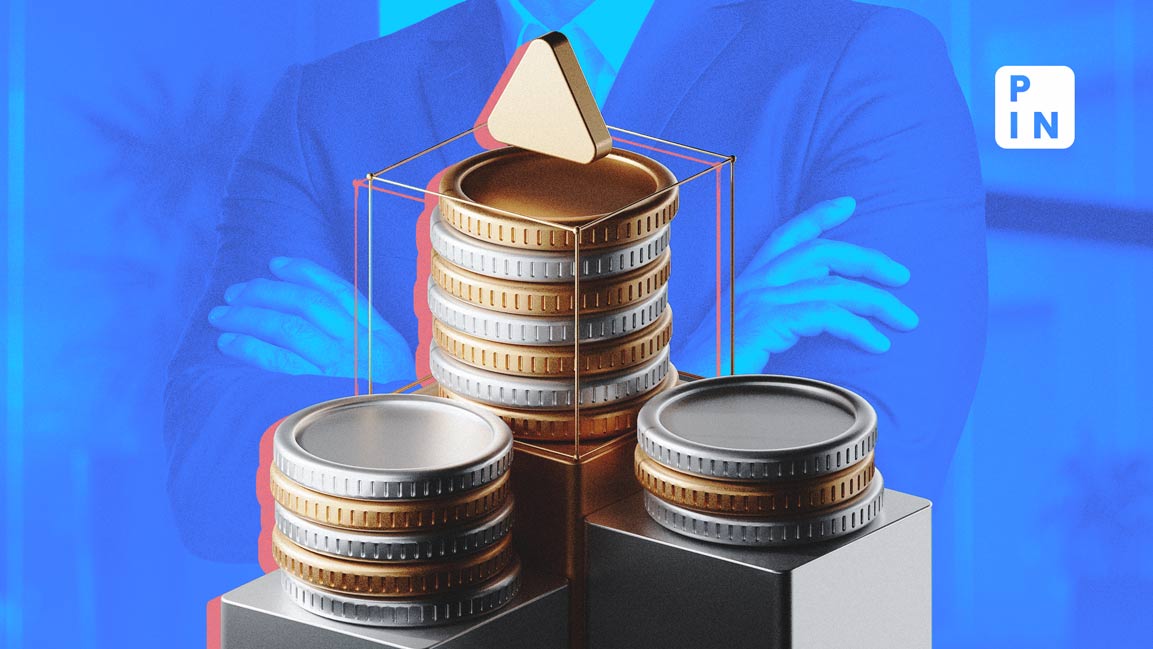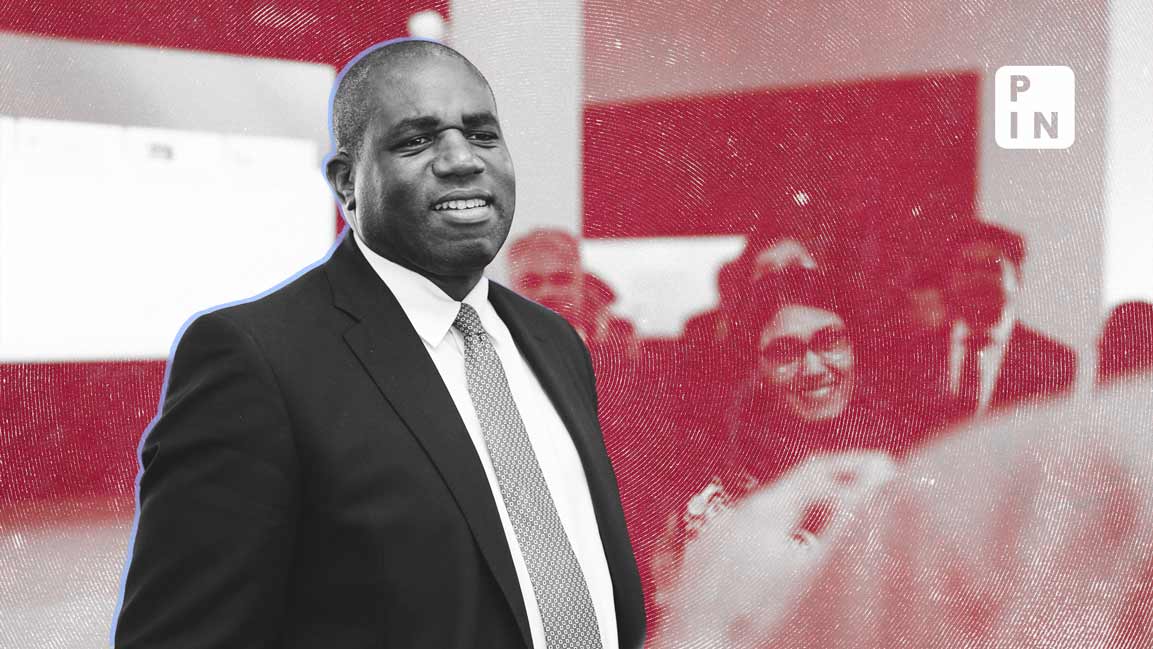- | 6:00 pm
India begins production of reference fuels
Tie-up between oil ministry and Indian Oil aimed at slashing nation’s reliance on fuel imports

India last week introduced its first-ever gasoline and diesel reference fuels, a collaborative effort between the ministry of petroleum and state-run Indian Oil Corp Ltd aimed at reducing the country’s reliance on fuel imports.
Oil minister Hardeep Singh Puri said the production of the fuels would not only reduce India’s reliance on foreign suppliers but also bolster its domestic energy sector.
Reference fuels are essential for automakers in developing engines and assessing vehicle performance.
Until now, India had been reliant on importing these specialized fuels from select European and American companies.
“We used to import 1,000 kilo-liters, and our consumption is just 150 kilo-liters,” Puri said, adding that India aims not only to cease these imports but also to become a major exporter of reference fuels.
The reference fuels were produced by Indian Oil’s Paradip and Panipat refineries. The government said various blends of reference gasoline fuels will be available from its Paradip refinery, while reference diesel fuel of B7 grade will be made available at the Panipat refinery.
Moreover, producing these fuels domestically offers a distinct cost advantage. The imported reference fuels have been costing India around ₹800-850 per liter. In contrast, domestic production is expected to bring the cost down to about ₹450 per liter.
The initiative aligns with India’s broader clean energy goals. The country has already moved up its ambitious target for achieving 20% fuel blending from 2030 to 2025 and currently sells E20 blended fuel at over 5,000 petrol retail outlets nationwide.
The government also confirmed meeting its ethanol blending target of 12% for the current ethanol supply year, which ends in October.
As of fiscal 2023, India’s oil and oil equivalent gas import dependency stands at 78.6%, a figure projected to rise above 80% by 2027-28.













